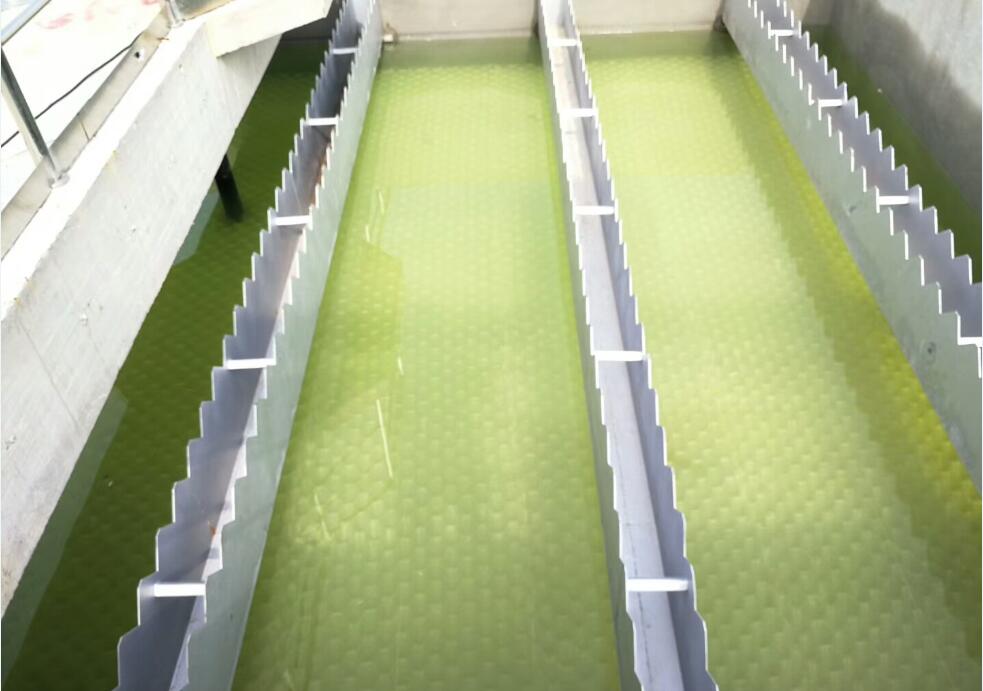Sedimentation tank, also called settling tank or clarifier, component of a modern system of water supply or wastewater treatment. A sedimentation tank allows suspended particles to settle out of water or waste water as it flows slowly through the tank, thereby providing some degree of purification. A layer of accumulated solids, called sludge, forms at the bottom of the tank and is periodically removed. In drinking-water treatment, coagulants are added to the water prior to sedimentation in order to facilitate the settling process, which is followed by filtration and other treatment steps. In modern sewage treatment, primary sedimentation must be followed by secondary treatment (e.g., trickling filter or activated sludge) to increase purification efficiencies. Sedimentation is usually preceded by treatment using bar screens and grit chambers to remove large objects and coarse solids.
Tube settler and mbbr media are used in different parts of sedimentation process.
Tube settlers and parallel plates increase the settling capacity of circular clarifiers and/or rectangular sedimentation basins by reducing the vertical distance a floc particle must settle before agglomerating to form larger particles.

If you want to know more, please contact me for more details:
neva@coolingtowerinfill.com